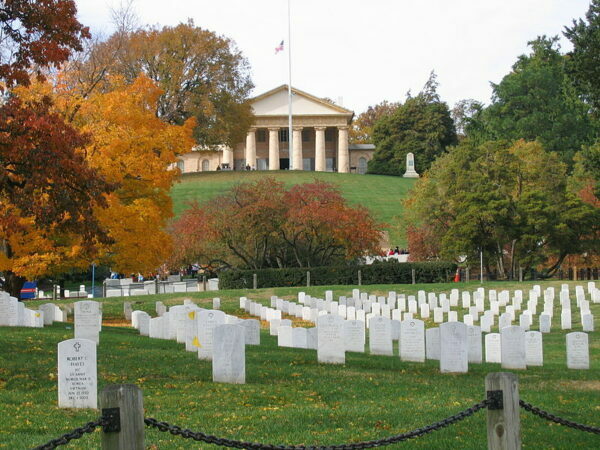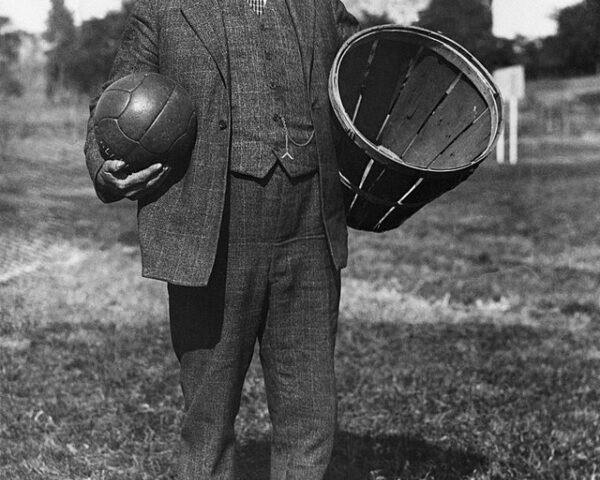Arlington National Cemetery, one of the most hallowed grounds in the United States, has a rich history intertwined with the nation’s Civil War and its aftermath. Its creation was driven by both practical needs and symbolic gestures, transforming a site of personal significance into a national monument honoring the sacrifices of American soldiers.
The story of Arlington National Cemetery begins with the estate of Arlington House, a sprawling property overlooking the Potomac River, originally owned by George Washington Parke Custis, the adopted grandson of George Washington. Custis built Arlington House as a tribute to Washington and, upon his death in 1857, the estate passed to his daughter, Mary Anna Randolph Custis, who was married to Robert E. Lee, a prominent U.S. Army officer.
When the Civil War erupted in 1861, Robert E. Lee resigned his commission in the U.S. Army to lead the Confederate forces. The Lees vacated Arlington House, and the Union Army soon occupied the property due to its strategic location overlooking the capital. In 1864, as the war dragged on and the number of Union casualties mounted, existing burial grounds in Washington, D.C. began to overflow. Quartermaster General Montgomery C. Meigs, who harbored strong anti-Confederate sentiments and had served under Lee before the war, proposed using the Arlington estate as a new cemetery.
On June 15, 1864, Meigs officially designated Arlington as a military cemetery. The decision was partly practical, addressing the urgent need for burial space, but also symbolic. By using Lee’s property for Union burials, Meigs aimed to ensure that the Lees could never return to their home, thus punishing Lee for his decision to fight for the Confederacy. The first military burials at Arlington were conducted around the former Lee estate, with bodies interred close to the mansion itself.
The cemetery’s establishment was not without controversy. After the war, the Lees’ eldest son, George Washington Custis Lee, sued the federal government, claiming the property had been seized without due process. In 1882, the U.S. Supreme Court ruled in Lee’s favor, recognizing that the government had not followed proper legal procedures. The government subsequently purchased the property from Lee, ensuring Arlington National Cemetery’s future.
Arlington’s evolution into a national shrine was gradual. Initially, it served mainly as a burial ground for Civil War soldiers. Over time, it expanded to include veterans from subsequent conflicts, including both World Wars, the Korean War, the Vietnam War, and more recent conflicts in the Middle East. Significant monuments and memorials have been added, such as the Tomb of the Unknown Soldier, dedicated in 1921, which honors unidentified soldiers from World War I, and later, unknowns from World War II, Korea, and Vietnam.
Arlington also became the final resting place for numerous notable figures, including President John F. Kennedy, whose grave is marked by an eternal flame, and other prominent leaders and heroes. The cemetery, encompassing over 600 acres, is meticulously maintained, symbolizing the nation’s respect and gratitude for its military personnel.
Today, Arlington National Cemetery stands as a powerful symbol of national sacrifice and service. It is not only a burial ground but also a place of reflection and remembrance, visited by millions each year. The cemetery’s rolling hills, white marble headstones, and solemn ceremonies, including the Changing of the Guard at the Tomb of the Unknown Soldier, offer a poignant reminder of the costs of war and the valor of those who have served.






